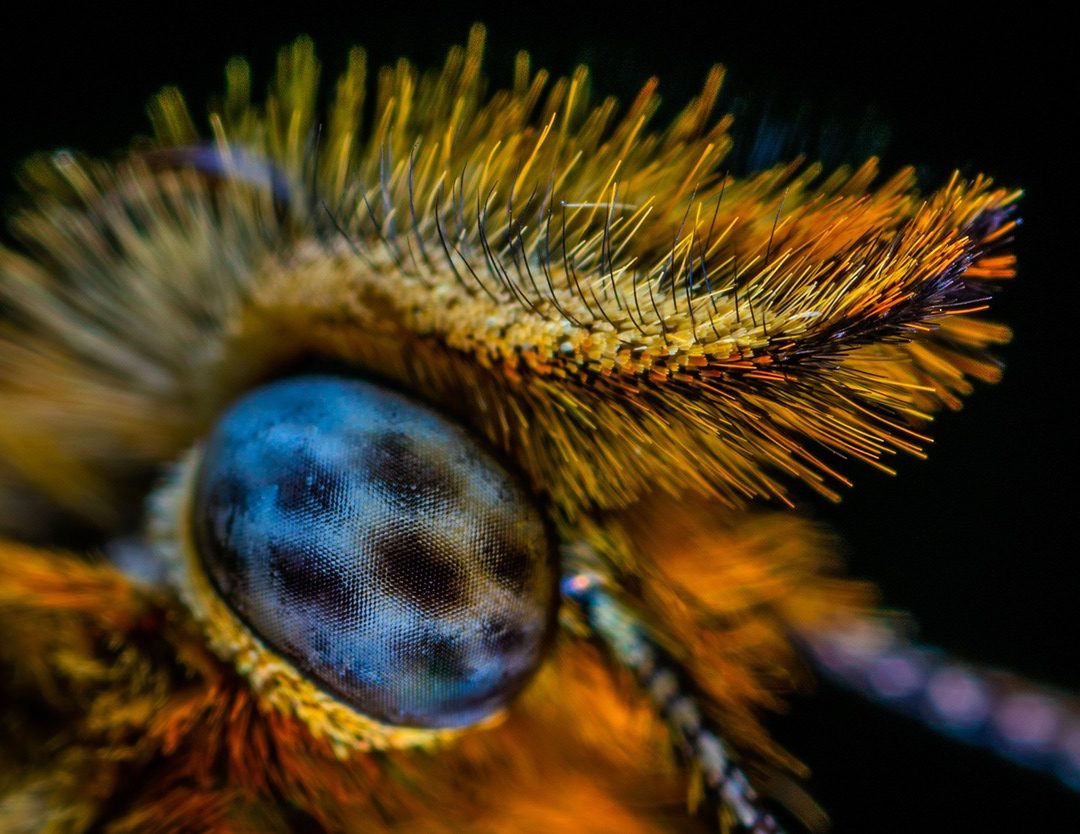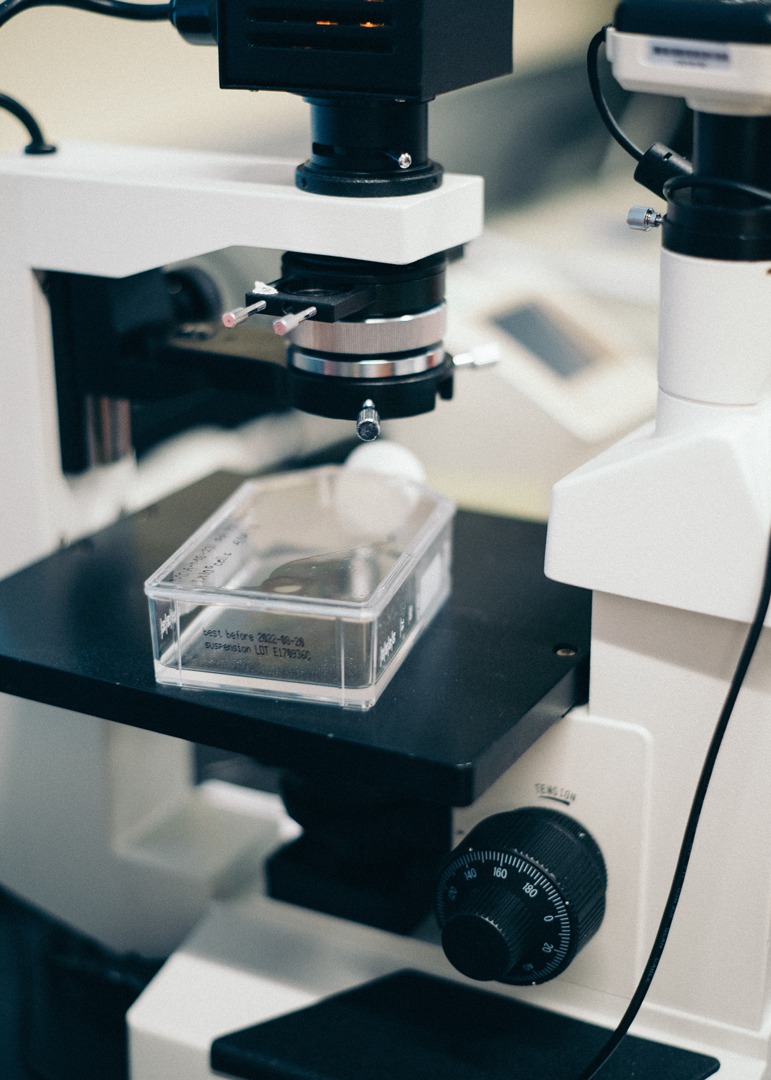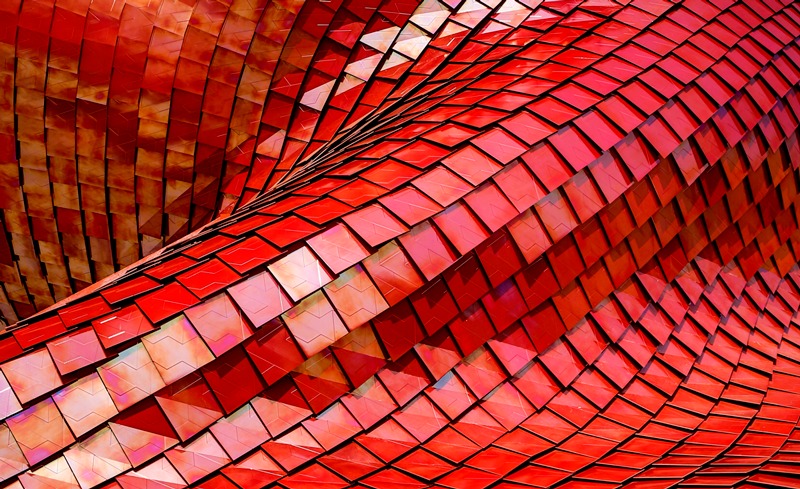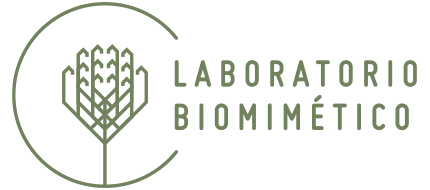Towards an Architecture of the future
How will the architecture of the future? I don't think anyone has the answer to this question, but yes, we can glimpse new and emerging forms, at times radical, to understand the process of creating architecture. In a conversation Salvador Dali and Le Corbusier, the first heralded a change of trend with respect to the architecture, projected on the second, and then already described the architecture of the future as something soft and furry. And we can say that every time we are closer to this type of architecture is more like a living organism, to the rigid standards and static characteristic of the industrial era. Because we could talk about that are presented to us in a new era: the biological.
"The architecture of the future will be soft and furry."
Salvador Dalí
New approaches through research in nanotechnology, new materials, synthetic biology, in the form of teams of multidisciplinary work. Yes yes, as you hear, the architecture soft and furry I was talking about Dali arises from the union and collaboration among professionals from diverse disciplines such as architects, biologists, nanotecnólogos, chemical engineers, materials and even botanical. The process of creating architectural begins to emerge from the studies and extends its work to research centers and laboratories of all types or botanical gardens.


In this new framework creative we can distinguish between two approaches. The first is to use Nature as the model or biomimicry, which is the science that studies the natural organisms to imitate or be inspired in their designs, and biological processes to solve human problems, in this case architectural. Let's think here in the endless possibilities of study and application, as for example the principles of thermoregulation in animals and their application in buildings of zero consumption; or the strategies of adaptation of a plant to the desert climate, and its application to immersive live in buildings in similar climatic conditions. The possibilities are endless, and the examples as many as organisms exist in nature, backed by a 3,800 million years of evolution, experimental test – test – error - adaptation and survival.

The second approach is to incorporate the biology, living organisms as essential components in the final product, architectural, thus dissolving the boundaries between organic-inorganic and generating a new type of hybrid construction. New paradigms through living structures and functions are experimental. Fusion of traditional materials such as concrete with organisms such as molds, bacteria, or protocells for applications of structures with a capacity of autorregenerarse, self-repair, or even self-destruct. Growth of organic mushrooms with applications to urban planning. As biomimicry, bio-design offers numerous possibilities of creation. New biological frontiers for a time, the we live in today, in which the energy consumption is excessive CO2 emissions, greenhouse gases and climate change, among others, alerting us that perhaps the architecture need to be naturalized.


